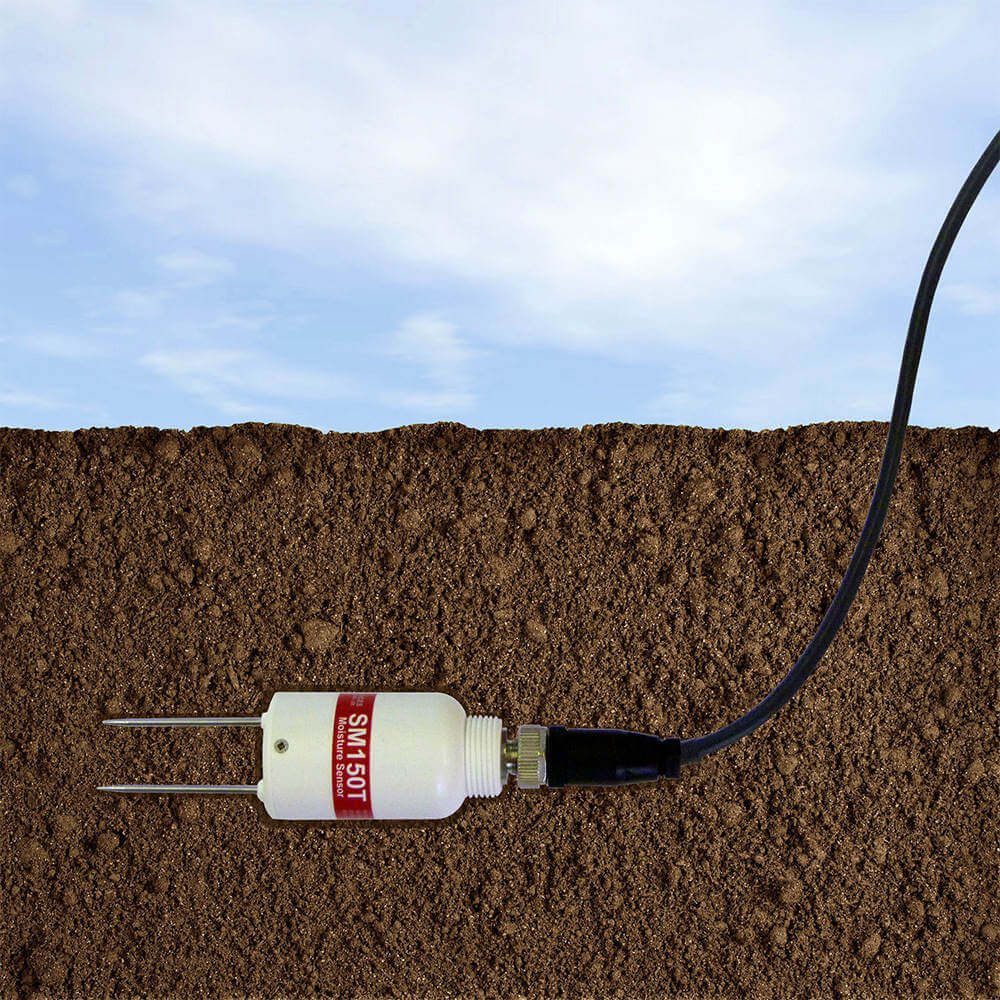In the world of agriculture, weather conditions play a pivotal role in determining crop outcomes. Soil sensors, combined with weather data, are emerging as a dynamic duo that offers farmers valuable insights and predictive capabilities. This synergy enables farmers to make informed decisions, adapt to changing weather patterns, and optimize crop yields.
The Weather Factor in Agriculture:
Weather conditions such as temperature, precipitation, humidity, and wind can significantly impact crop growth and health. Extreme weather events, like droughts, storms, or heatwaves, can have devastating effects on crops if not managed effectively. Understanding and predicting these weather patterns are crucial for farmers to plan and mitigate potential risks.
The Role of Soil Sensors:
Soil sensors, which monitor soil conditions in real-time, are invaluable for integrating weather data into agricultural decision-making:
1. Soil Moisture Management: Soil sensors measure moisture levels in the soil, which is directly influenced by rainfall and temperature. By continuously monitoring soil moisture, farmers can adapt their irrigation strategies based on real-time data and anticipated weather forecasts. This soil moisture and temperature sensor ensures that crops receive the right amount of water, preventing both drought and waterlogging.
2. Temperature Monitoring: Soil sensors also measure soil temperature, which can impact seed germination, root development, and overall plant health. By integrating this data with weather forecasts, farmers can optimize planting schedules and select suitable crop varieties for the anticipated temperature conditions.
3. Early Warning System: Changes in soil conditions detected by sensors can serve as early indicators of potential weather-related issues, such as impending drought or heavy rainfall. Farmers can take proactive measures to protect their crops, minimizing the impact of extreme weather events.
4. Data-Driven Decision-Making: Soil sensors provide farmers with real-time data that can be correlated with historical weather patterns. This data-driven approach allows for more informed decisions regarding crop selection, planting times, and resource allocation, all of which are influenced by weather conditions.
5. Improved Resource Efficiency: Precision agriculture, driven by soil sensors and weather data, leads to more efficient resource management. Farmers can optimize water and nutrient use, reducing waste and environmental impact.
Conclusion:
Soil sensors, when combined with weather data, are powerful tools for predicting crop outcomes and making informed decisions in agriculture. They empower farmers to adapt to changing weather conditions, mitigate risks associated with extreme events, and optimize resource management. In an era where climate variability is becoming more pronounced, the integration of soil sensors and weather forecasting is a critical step toward achieving resilient and productive farming practices.




